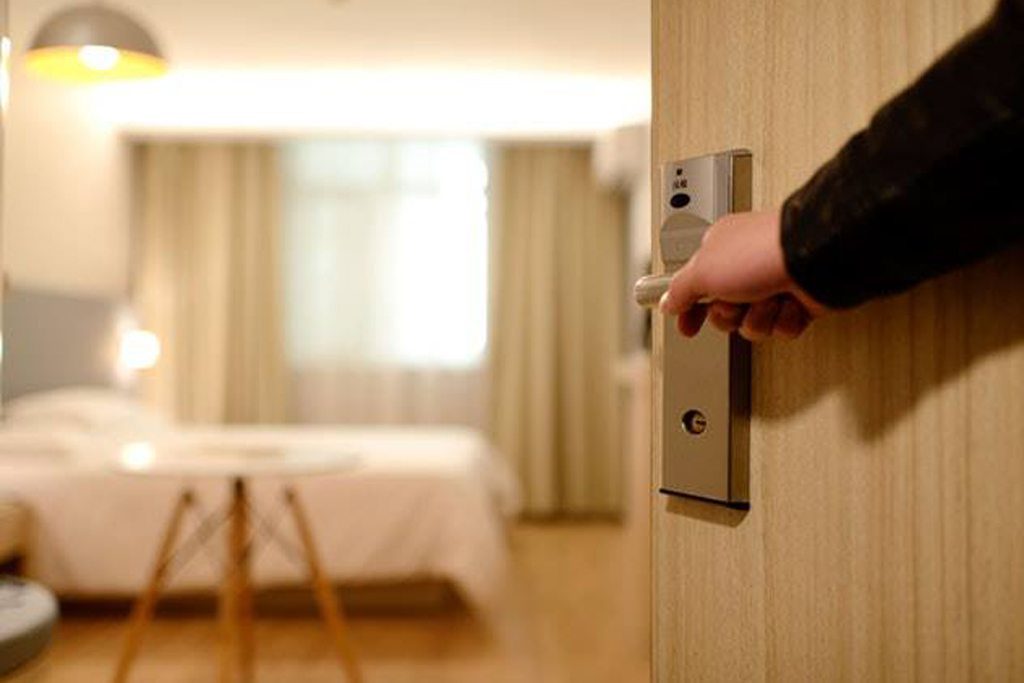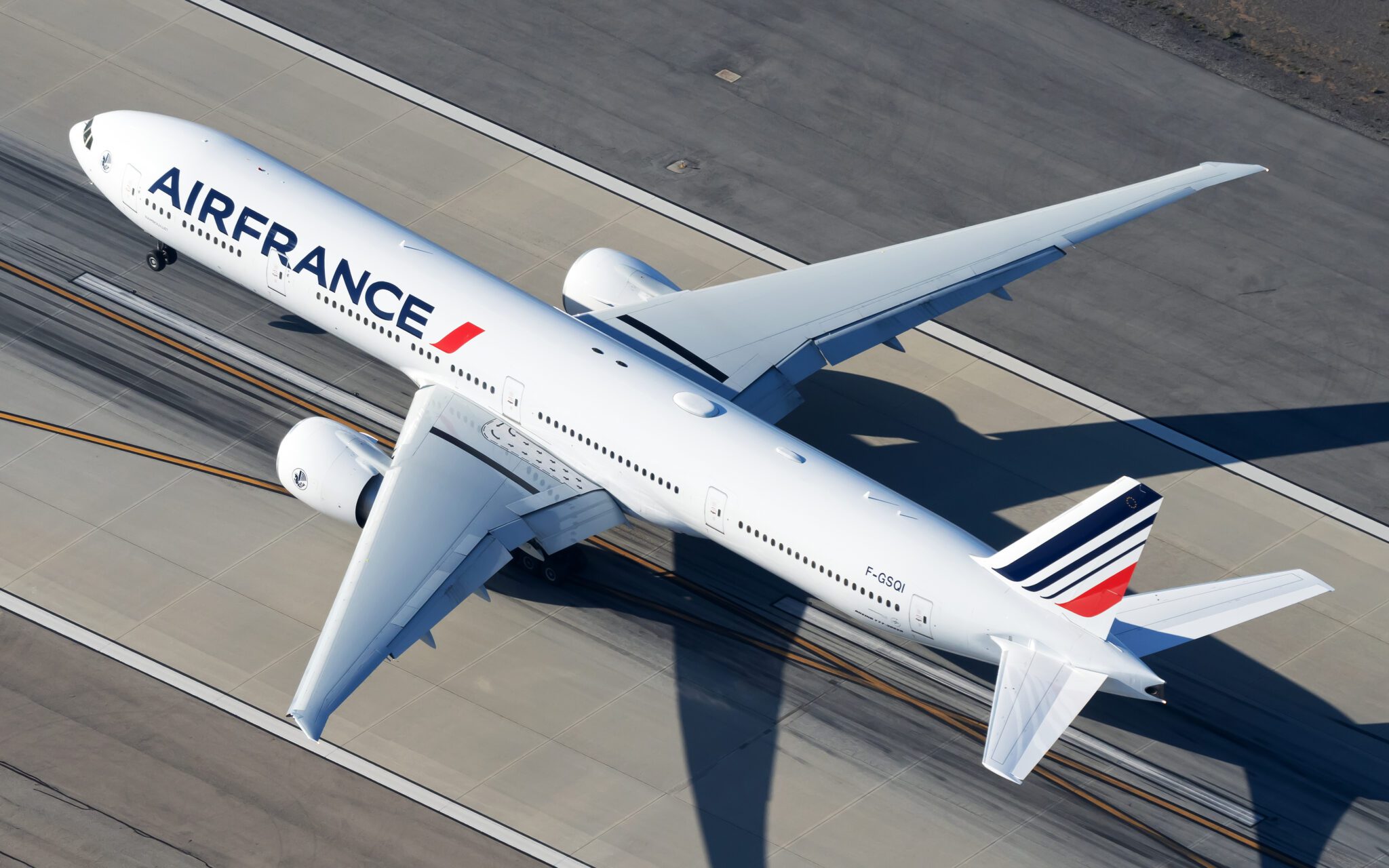Hotel Loyalty Rates Finally Gave Room Key Site an Advantage

Skift Take
Room Key, a hotel search site founded by major chains five years ago, said it has unlocked revenue growth and profitability.
Room Key’s 2017 transaction volume is up about 50 percent compared with the prior year, a spokesperson estimated, and the business has been profitable since mid-2015. The company did not provide absolute numbers.
The private Dallas-based company is still small, though, when considered against the lofty ambitions expressed when it was founded.
In 2012 hotel chains Choice, Hilton, Hyatt, InterContinental Hotels Group (IHG), Marriott, and Wyndham created Room Key, touting its promise to be an alternative intermediary channel that would take share from the online travel agencies.
Taking share never happened.
Yet CEO Steve Sickel said in an interview that Room Key had begun to make small but useful gains for participating hotels.
“Room Key can make a material impact without ever having to be a serious challenger to Expedia,” Sickel said. “We’re saving participating hotels millions of dollars in third-party commission cost per year, and that number will go up by multiples in the next few years without us having to spend on expensive TV marketing.”
Still, Room Key’s lack of materiality to its founders is reflected in the fact that none even mentioned it in their annual financial filings with the Security and Exchange Commission early last year.
The company, which has 25 full-time workers across in Dallas and Charlottesville offices, plans to start testing in January what it describes as “a slick new tool” for desktop users to help them comparison-shop better. This is among Room Key’s first new products since its inception.
Loyalty Rate Boom
The five-year-old business’ recent gains, as humble as they may be, can be chalked up to hotels’ loyalty rates.
Two years ago, major hotels chains — mostly those based in the United States — began offering loyalty rates for guests who sign up to their membership programs. These rates are often cheaper than what the chains usually distribute via online travel companies.
Room Key is one of the only consumer-facing third-party sites that lists these cheaper rates for consumers to compare side-by-side, giving it an edge over sites such as Hotels.com and Booking.com, although Room Key doesn’t have their breadth of content. Google Hotel ads, though, occasionally touts chains’ loyalty discounts and other incentives.
Around May 2016, Room Key launched loyalty rates, and transactions increased immediately, the company said.
Pop-up Offers
Room Key comes into play when a leisure traveler shops on HolidayInn.com, for example, but is undecided about booking. When the consumer leaves HolidayInn.com without booking, Room Key will generate a pop-up display with real-time, member-only rates for rooms at three competitor brands plus a link to see a couple dozen other choices.
Room Key attempts to suggest in that pop-up window hotel brands that are relevant to the destination and type of hotel the customer was considering.
“After Room Key shows competitor rates, the host site hotel wins the booking 94 percent of the time,” Sickel said.
The cost of this marketing channel for hotels is low relative to other paid marketing options.
Sickel said that his company’s approximately 50 percent growth in transactions in 2017 understates Room Key’s usefulness. Room Key helps customers feel validated that a rate on a host hotel site is competitive, and the value of those direct booking transactions in terms of customer lifetime value tends to be higher than that of referrals from online travel agencies.
Stagnant Inventory Growth
Critics have called Room Key “disappointing” for “not driving bookings,” and for having a “convoluted” marketing message.
Room Key’s property tally is 74,300 in 150 countries, a figure that is well shy of the hundreds of thousands claimed by online travel giants like Hotels.com and Booking.com.
Sickel countered that Room Key has the overwhelming majority of branded hotels in North America and that it is in the process of adding inventory for a European brand.
Once the company takes more market share, it promises to cut its commissions — with the aim of reaching “the low single digits within a few years,” he said.
In comparison, Skift Research estimates that major chains like Marriott likely spend about 12 percent in commissions on listings provided on global online travel brands like Expedia and Booking.com, thanks to volume discounts.
Sickel said that today his business is running so cost-efficiently he could cut commissions charged to participating hotels by about 25 percent and still operate it profitably. The company is for now investing profits in growth.
Touting Advantages
All six of the founding chains remain equity investors and offer their properties through Room Key.
The site also offers a handful of properties from other players, such as Best Western, Carlson, and Omni. But other hotel companies have not rushed to list their inventory on it, partly out of concern about supporting an enterprise owned by competitors — a concern noted in a fictionalized case study in the Harvard Business Review.
Future Steps
One threat on the horizon is consumers’ adoption of mobile devices for booking. Pop-up ads don’t work on mobile.
Another worry: Expedia has been experimenting with letting hotel chains, such as Red Lion, display hotel loyalty rates on Expedia’s platform in return for being able to directly sign up customers to their loyalty programs.
If that practice became widespread, it might undermine Room Key’s value proposition.
Sickel said he was confident that Room Key would continue to grow regardless, partly because hotel chains have been slow to offer loyalty rates to the intermediaries.
That said, one missed opportunity for the company is to develop a tool that would offer consumers the ability to enroll in multiple loyalty programs through a Room Key interface at one shot.
Sickle remains bullish about his company’s prospects. “We’re helping move travelers that otherwise would’ve booked via third-parties book direct and get a superior rate and experience. It’s a sustainable model on the supply, demand, and cost sides.”





